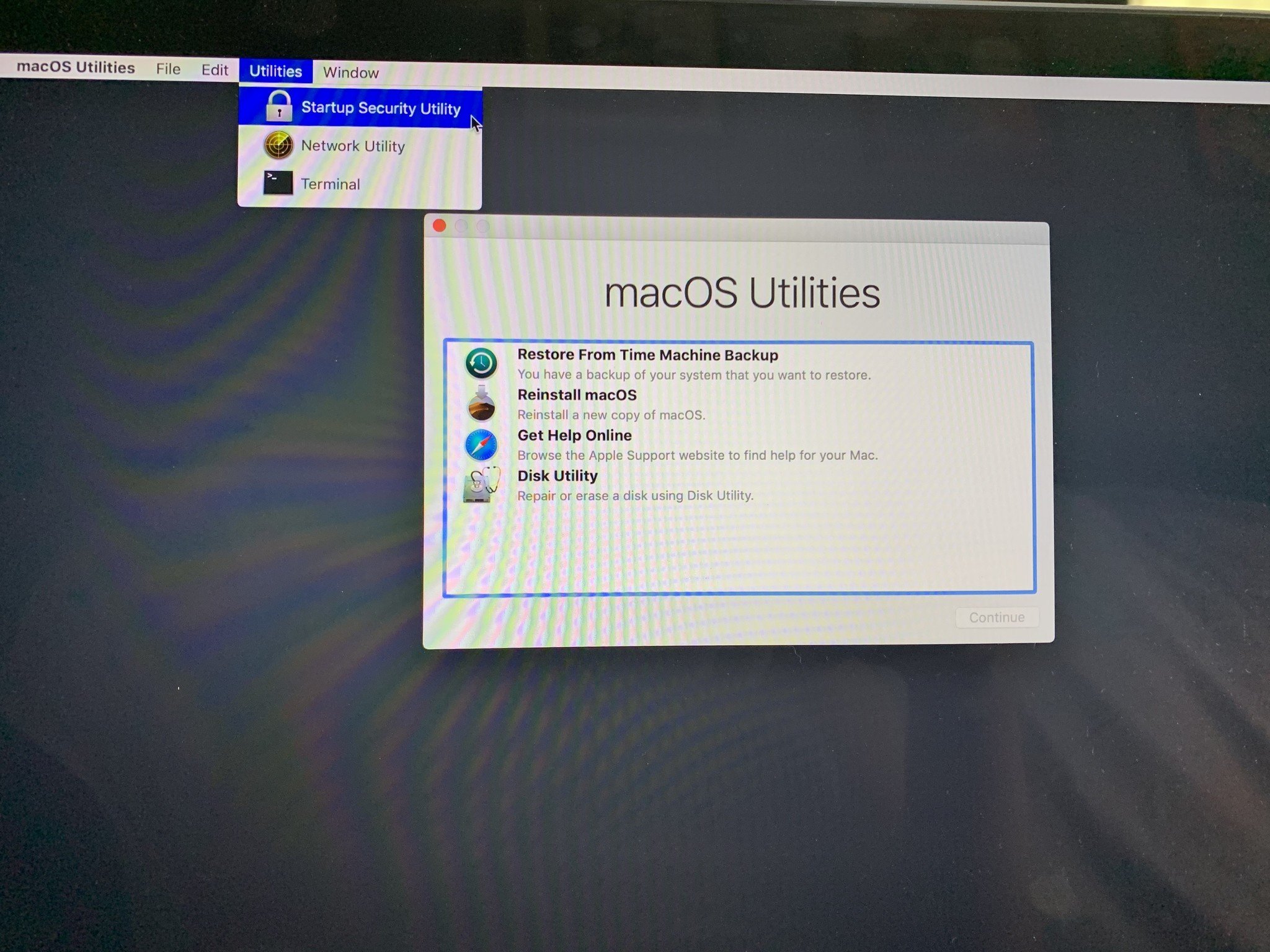

Now click on the Erase tab and choose the APFS file format from a dropdown menu.


Then click Continue and choose Startup Disk.When you see the Utilities menu, select the Disk Utility option.As your Mac starts rebooting, you need to press and hold the Command and R keys.First of all, you need to plug your Mac into power and restart it (click on the Apple menu and choose Restart).So if you have backed your Mac before installing Big Sur, follow these steps. Restoring from the earlier Time Machine backup is the easiest way to downgrade. You can use an external drive, or sync them to iCloud Drive, Google Drive, or other cloud-based storage. That’s why before you proceed, you should back up everything that is stored on your Mac so you don’t lose your precious files. The downgrade process will completely erase your hard drive, and all your files, photos, music, videos, and other important data will be gone. If you have recently installed Big Sur but for some reasons want to go back to Catalina, read this short guide to learn what you need to do to perform this process safely. Want to downgrade from macOS Big Sur to Catalina? In this guide, you’ll find essential steps you should follow to ensure you don’t lose your data.Īlthough macOS Big Sur comes with a lot of useful enhancements and a nice redesign, there are always computer users who may decide they would really like to roll back to earlier macOS.


 0 kommentar(er)
0 kommentar(er)
